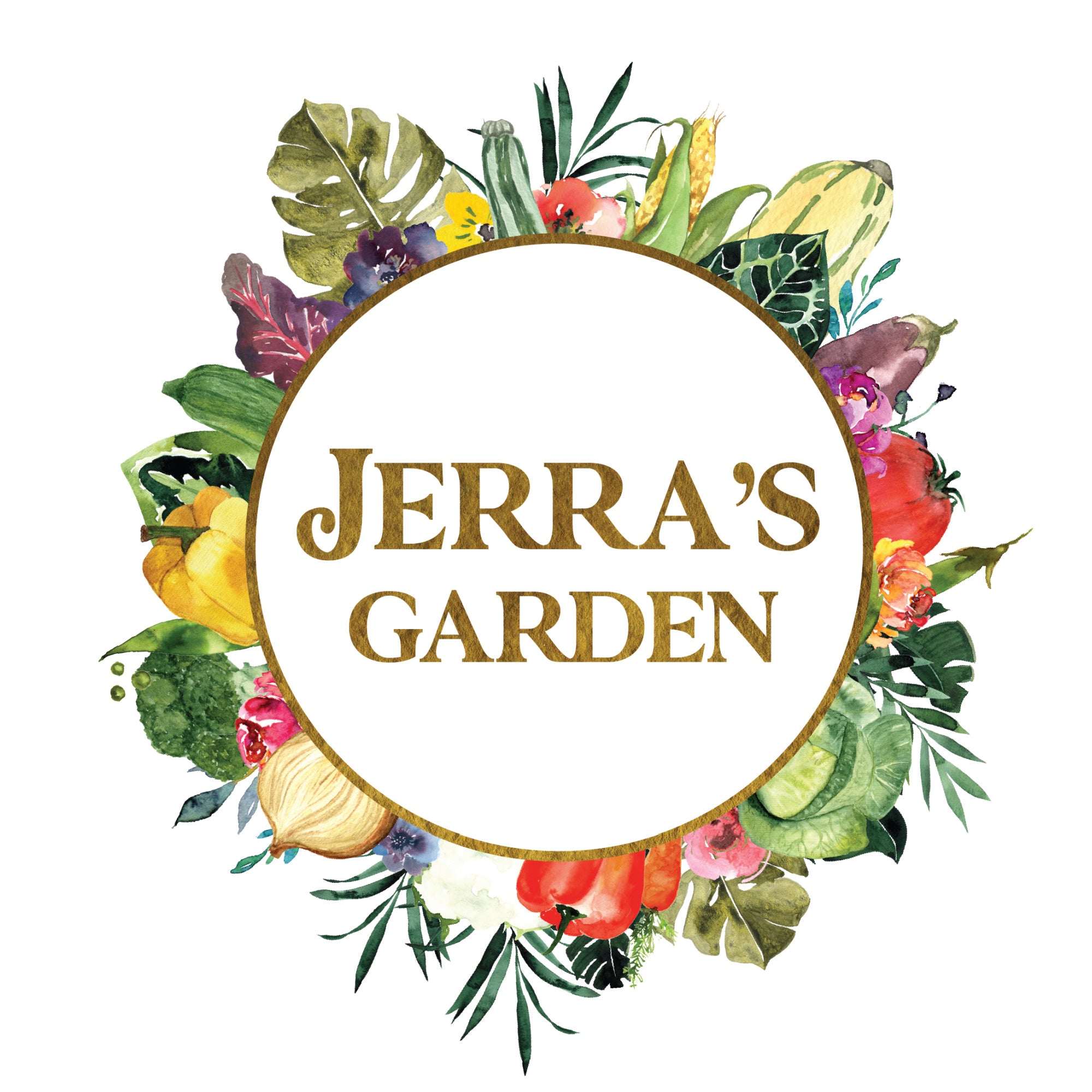10 vegetables that can be direct sown in the month of May.
Make sure you mark the area so you don't forget that something was planted there. Also, keep the soil moist to aid germination.
- Squash/Pumpkin - If you want to grow squash or pumpkins during the summer, pick cultivars in the curcubitae Moschata family. This group boasts thicker and harder stems that make it more difficult for pests such as squash bugs and vine borers to get into. Examples include Seminole Pumpkin, calabaza, Lunga di Napoli, and tromboncino rampicante. I'm not saying you wont get pests. It is just that these cultivars can handle a lot of pest damage before ultimately dying so it increases your chances of harvesting something. I use spinosad or BT sprays to control worms and other chewing insects. Find the spinosad and BT from Amazon HERE.
-
Cucumbers - I switch to growing only Asian cucumber cultivars. Examples include Sooyow Nishiki, China Jade, and Japanese Long. The Asian varieties have a much higher disease resistance which is key since summer heat and rains cause leaf disease to proliferate. Spray with 1 cup hydrogen peroxide per gallon of water to treat for any leaf disease. Check out my how to grow cucumbers from seed to harvest YouTube video HERE.

- Yard long beans and winged beans - Traditional bush and pole beans do not grow well in summer heat. Try growing yard long or winged beans instead. They take the heat and rain like a champ. Not to mention, they are extremely productive. My personal favorite is the light green yard long bean. Winged beans have the added benefit that they are perennial in zones 9 and up.
- Luffa aka Loofah - Soak seeds overnight before direct sowing. If your not interested in growing luffa for the sponges, grow it to help the butterflies and bees. Luffa is actually a gourd, and when harvested young (no more than 7 inches) can be eaten just like zucchini. A lot of people say it tastes better than zucchini. Check out my how to germinate luffa YouTube video HERE.
- Southern Peas, Black Eyed Peas, Cow Peas, Okra - Direct sow seeds for any of these types of peas as soon as your last average spring frost date has passed. These crops grow rampant in the heat of summer. I love to plant southern peas under my fruit trees as a living mulch that produces something edible. My absolute favorite is the Pink Eye Purple Hull pea for its buttery flavor and texture.
- Pigeon Peas - This is a long lived (about 2-3 years) perennial shrub that produces pods of peas. Please be advised that it does not like the cold (anything below 40F) and will take more than 6 months to start producing. Once mature, it will produce several flushes of peas. Direct sow them in a mound and keep watered until they germinate.
-
Flowers - these are my recommendations on flowers that handle the heat, pests, and diseases pretty well during the summer. Amaranth, zinnias, sunflowers, cosmos, moonflowers, celosia, blanket flower, lantana, salvia, and marigolds. Just sprinkle seeds over a weed free patch of soil and scratch them into the surface with a rake or hand tool.

- Herbs - Focus on tropical heat loving herbs like Thai basil, mint, agastache (Korean Mint), green onions, and garlic chives. These are easily started by sprinkling seeds over the soil surface and scratching them in with a rake.
- Heat tolerant greens - Molokhia, New Zealand Spinach - I like to sprinkle seeds in bare spots of my garden. Choose a spot that gets lots of morning sun with some afternoon shade. Mix in some blood meal (high in nitrogen for lush leafy growth) into the soil before you direct sow the seeds to give them a boost.
-
Corn - Seeds are easily direct sown. Be prepared for the corn ear worm. The worms that attack corn are a little bit tougher than the regular worms that attack the rest of my crops. I highly recommend the use of spinosad which also kills worms on contact. Spray at the first signs of worm damage on the leaves to prevent the worms from making their way into the ear of corn. If they get into the ear of corn, they are protected and spraying will no longer work. They will eat the ear of corn from the inside out.
Find the spinosad and BT from Amazon HERE.
I have a corn growing guide on my YouTube channel HERE.

